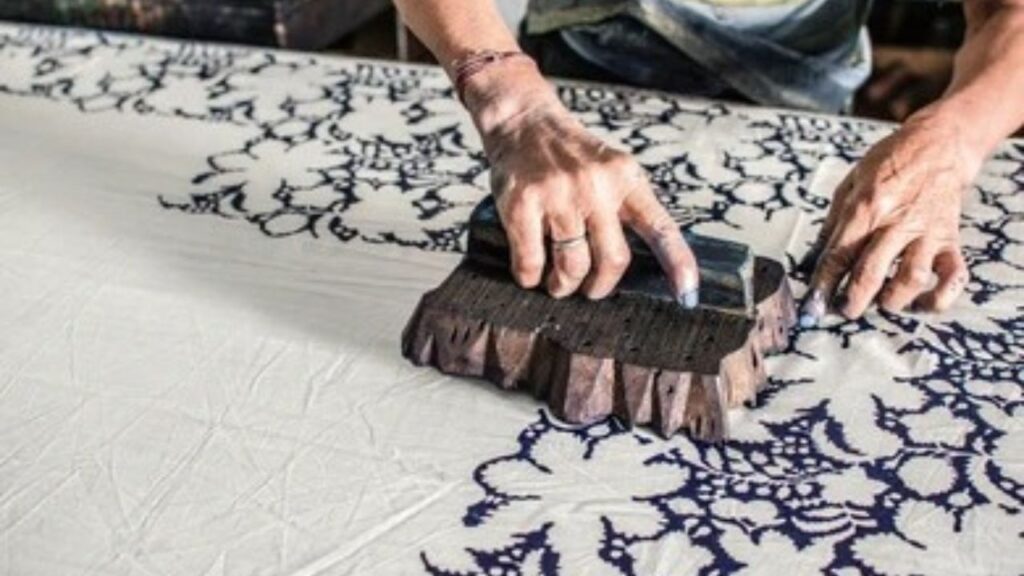Art Forms

BLOCK PRINTING
Block printing refers to the technique of pressing and stamping fabric with carved wooden blocks filled with colour. Although it is the simplest and slowest of all the methods of textile printing, it is capable of yielding highly artistic results, some of which are unobtainable by other methods. Block Printing is one of the oldest types of printmaking which has been around for thousands of years, its roots being in India and Japan. Due to its long history, block printing has many different techniques, but primarily, a carved material is covered in ink to transfer prints to fabric or paper.

BLUE POTTERY
Blue Pottery – a globally recognized art that originated in Jaipur gets its name from the eye-catching cobalt blue dye used to colour the pottery. The pottery is made by mixing quartz stone powder, powdered glass, Multani mitti, borax, gum and water. It is then glazed and low-fired. The colour palette, although restricted to blue, green and white, results in mesmerising designs and products. Today, Blue Pottery is the main source of livelihood for so many people in Jaipur. Apart from the traditional pots and vases, products have now expanded to fit the modern demand in the markets.
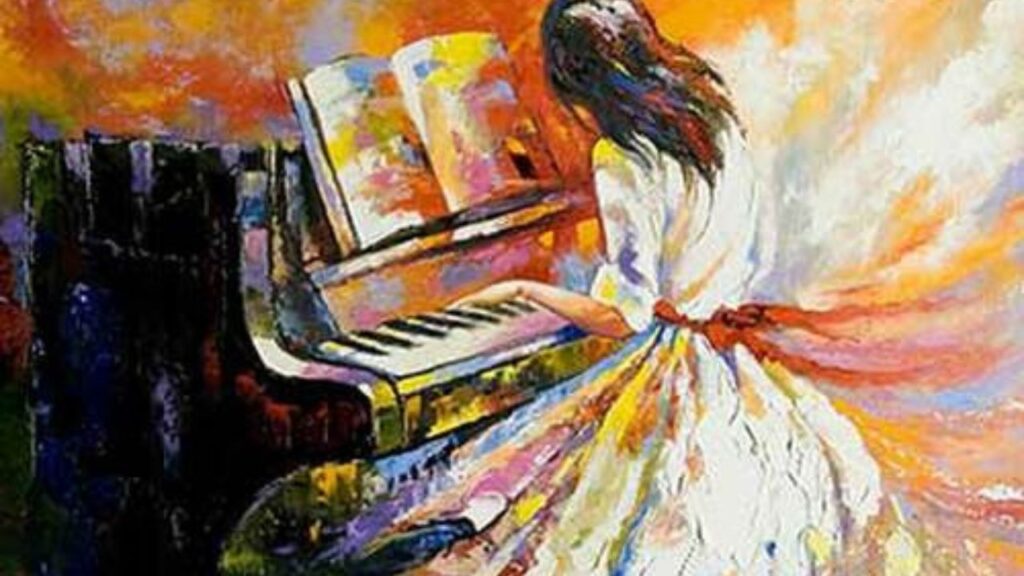
CONTEMPORARY ART
Contemporary art originated in the second half of the 20th century. This art form is globally influenced and culturally diverse, thus it transcends materials, subject matter, and even time periods. By definition, a contemporary art canvas is a type of canvas painting that emphasises artistry and experimentation based on the artists’ ideologies, thus reflecting the complex issues that shape our diverse, global, and rapidly changing world. It is hand-painted with acrylic paint or mixed media. Typically, the artist will start by sketching the desired composition on paper before painting it onto the canvas.
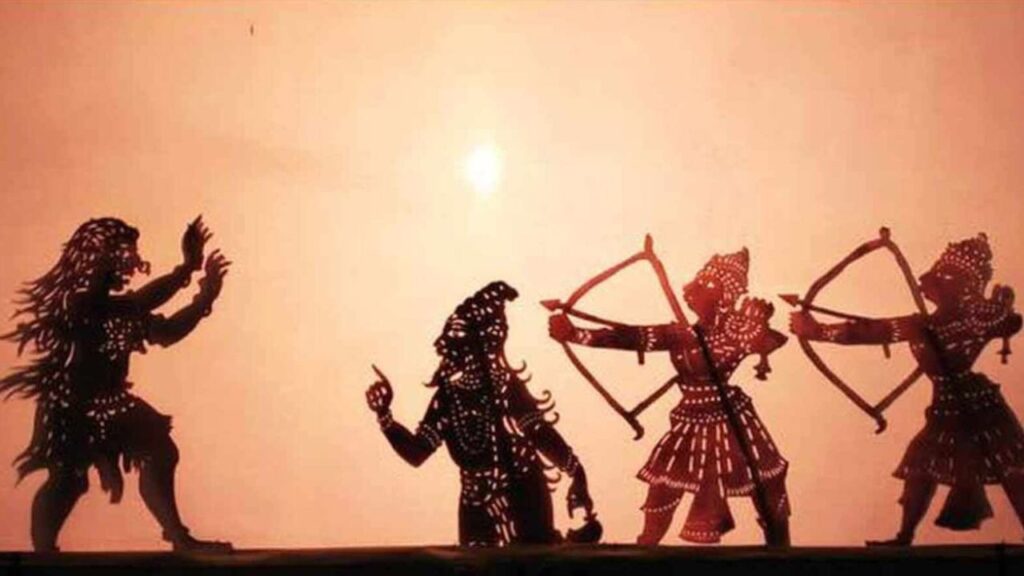
LEATHER PUPPET
Leather puppetry is amongst the oldest shadow puppet traditions. It is a medium of entertainment, sharing and transmitting folklore and communicating information and knowledge. These shadow puppets are flat figures cut out of leather and treated to translucency. They are pressed against the screen and appear as a silhouette or colour shadow to viewers on the other side of the screen. Legend has it that by the time the Epics were composed, theatrical performances called “Chhaya Nataka,” meaning “shadow drama,” were introduced. Leather Puppetry was said to have originated in Gujarat thousand years ago from where it migrated to Maharashtra.
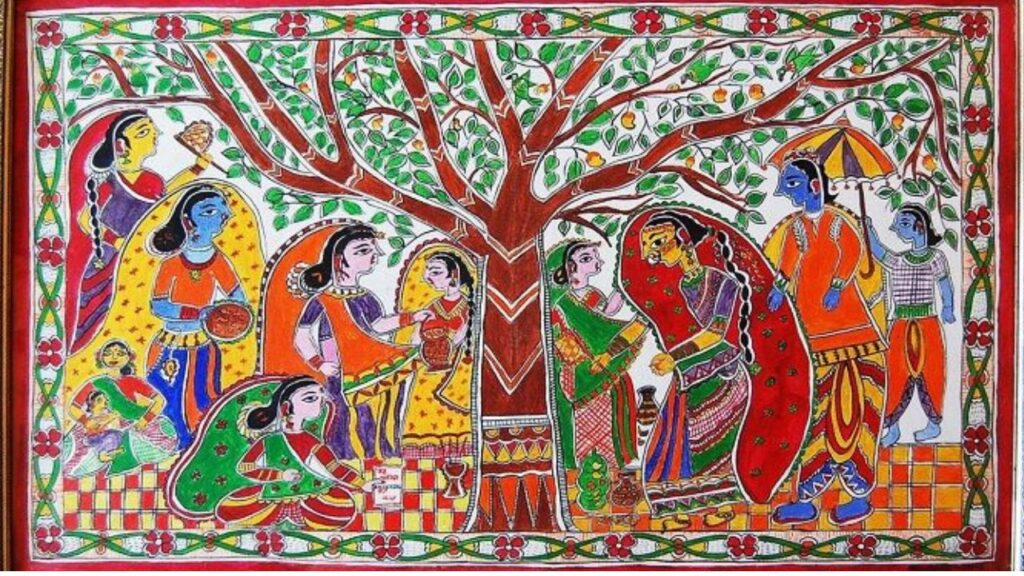
MADHUBANI ART
Madhubhani or Mithilla painting, having originated in the Madhubani district of Bihar, is a mix of Indian and Nepalese styles of painting. Traditionally, women of the Mithilla region created these paintings using twigs, brushes, and their hands using natural dyes. These paintings are characterized by their eye-catching geometrical prints and usually depict birth, marriage or festivals. Most paintings depict nature and its association with people. Madhubhani paintings are made from the paste of powdered rice and are traditionally done on freshly plastered mud walls and floors of huts, but now they have expanded to canvases, cloth, and even handmade paper.
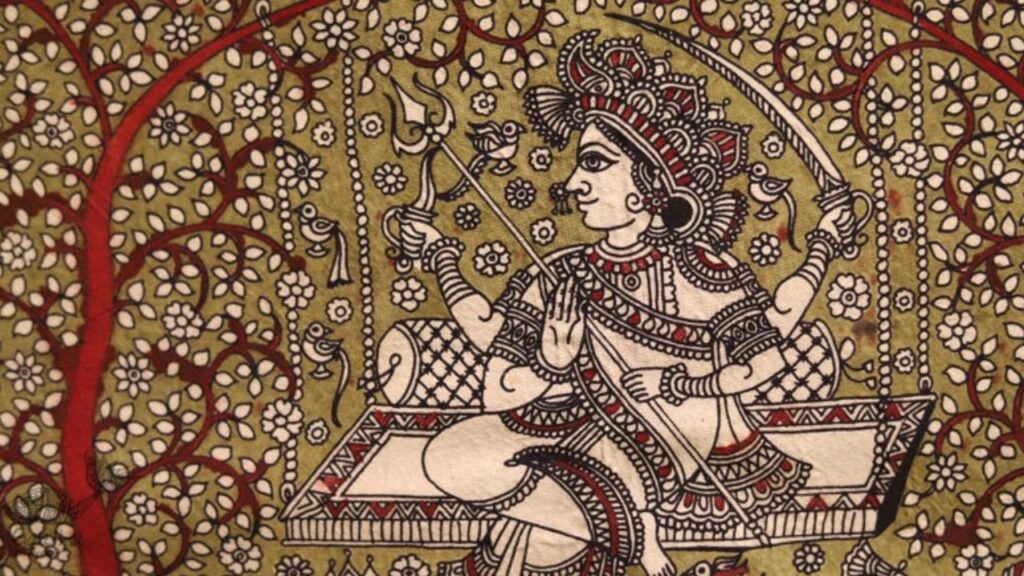
MATA-NI-PACHEDI
Mata Ni Pachedi-meaning ‘behind the mother goddess,’ is a cloth consisting of the depiction of a temple and the goddess at the centre, surrounded by nature. This art originated over 300 years ago when the nomadic Vaghari community from Gujarat, who worship Mata, were not allowed to enter temples, so instead, they created their own places of worship with illustrations of the Mother Goddess (Mata) on pieces of cloth. The semblance of the Kalamkari style can also be seen in these Pachedi products. This art is commonly practised by the Vaghari community living on the banks of the Sabarmati river.
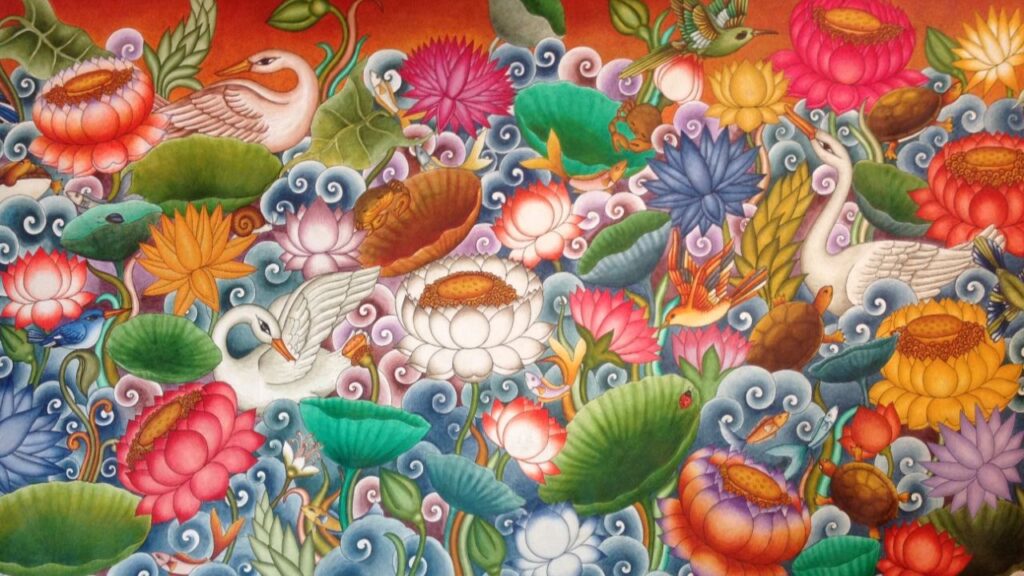
MURAL ART
A mural is any piece of graphic artwork that is painted or applied directly to a wall or ceiling. Mural paintings can be traced back to the Palaeothilic cave paintings and have even been discovered in ancient Egyptian tombs dating back to 3150 BCE. During the middle ages, murals were usually made on dry plaster called “sesco.” The Kerala mural paintings dating back to the 14th century are an example of sesco paintings. Murals, whether consciously or sub-consciously, affect the attitudes of onlookers and even improve the aesthetics of their surroundings; many small towns began using murals to attract tourists.
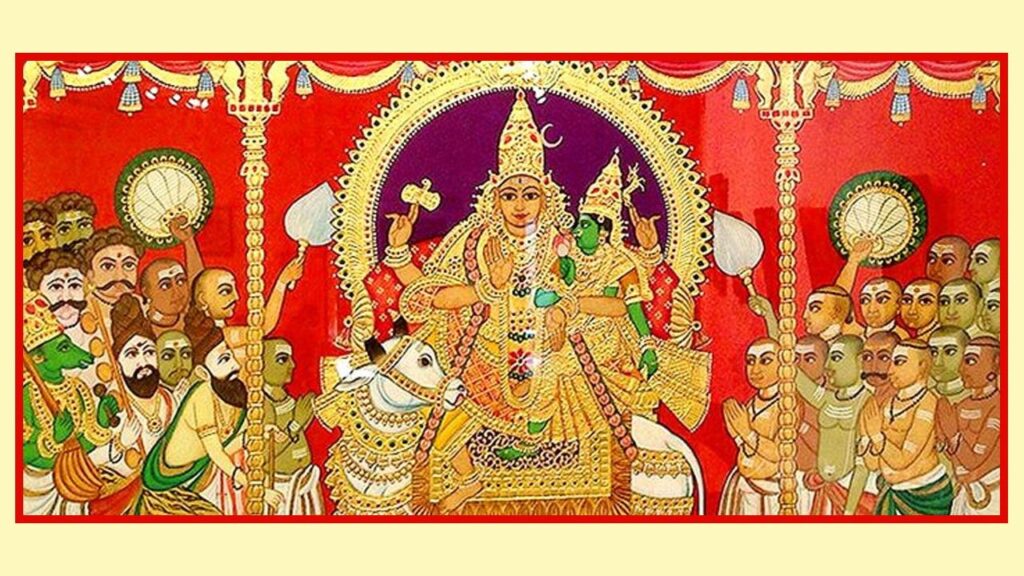
MYSORE ART
Mysore painting is an important form of classical South Indian painting style that originated in and around the town of Mysore in Karnataka, encouraged and nurtured by the early Mysore rulers. Mysore paintings are known for their elegance, muted colours, and attention to detail. The themes for most of these paintings are Hindu gods and goddesses and scenes from Hindu mythology. These paintings are characterised by delicate lines, intricate brush strokes, and the discreet use of bright vegetable colours and lustrous gold leaf. More than mere decorative pieces, the paintings are designed to inspire feelings of devotion in the viewer.
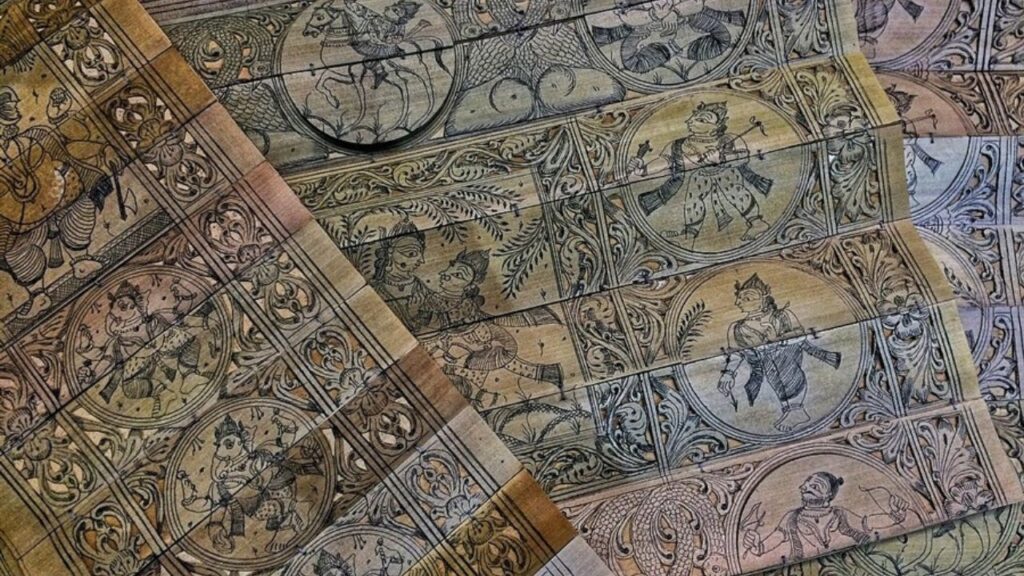
PALM LEAF ETCHING
In India, palm leaf writing is probably the oldest form of writing, having originated when written communication began. Palm leaf engraving, also called Talapatra Chitra, translates to ‘a world of tales and secrets’. Usually, incidents from the Epics are intricately etched onto the palm-leaves. After the completion, the lampblack is smeared all over the leaf and cleaned. The inscriptions stand out against the black outlines. At times, the artists also insert coloured paper between the layers or use natural colours to beautify them.
Various products like puppets, hand fans, lamp shades and even gift boxes are created using these leaves.
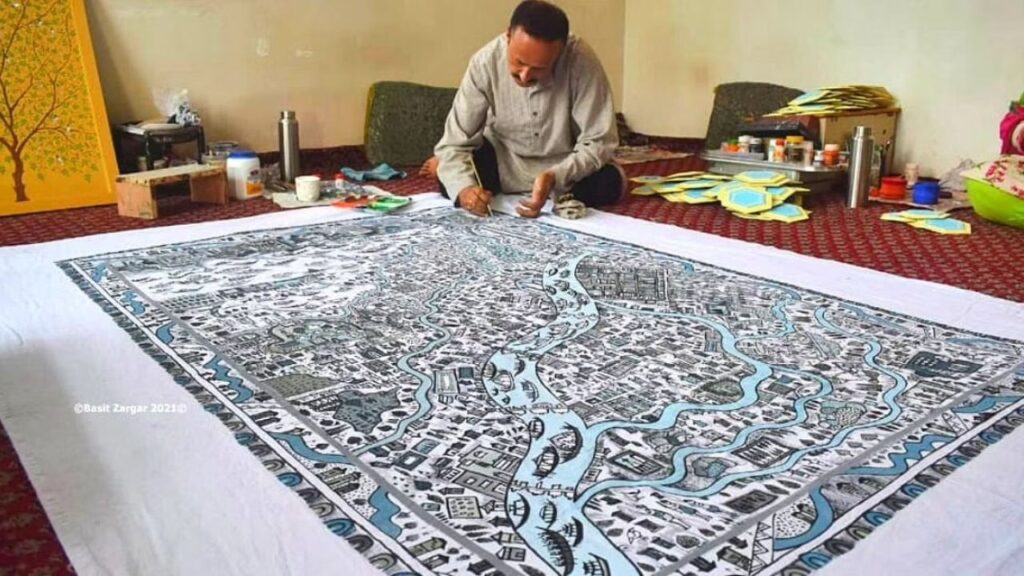
PAPER MACHE
Paper Mache is the French word for “chewed paper,” and it refers to objects made by shaping paper pulp into various shapes and then decorating them with various coloured designs. Kashmiri paper-mâché is a handicraft of Kashmir that was brought by Muslim saint Mir Sayyid Ali Hamadani from Persia in the 14th century to medieval India. The paper mache products are based primarily on paper pulp and are richly decorated, generally in the form of vases, bases for lamps, and trays. They are made in homes and workshops, mainly in Srinagar, but also in other parts of the Kashmir Valley.
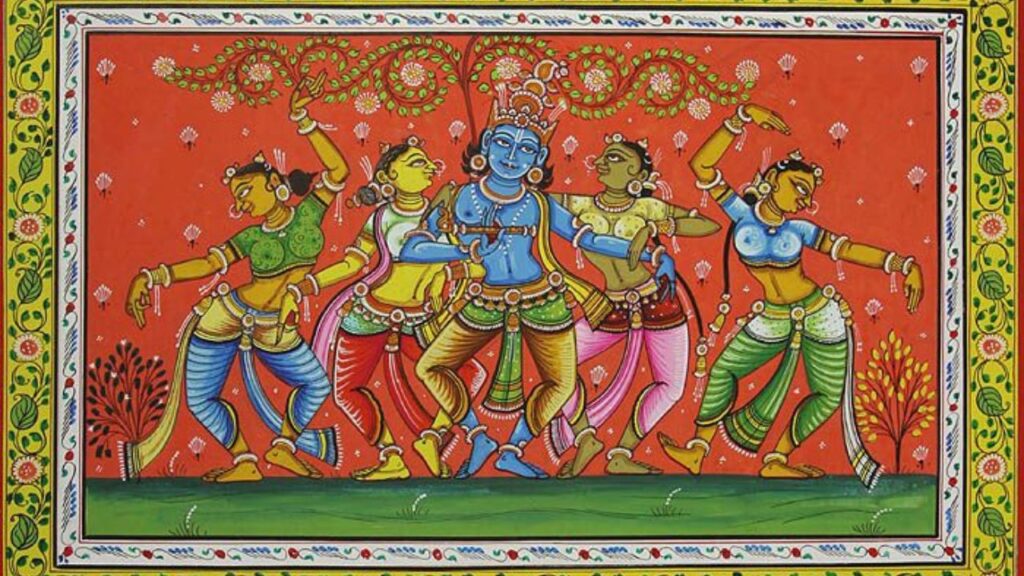
PATUA ART
The Pattachitra or Patua art form originated in the 13th century. These paintings were created in the form of long scrolls depicting mythological tales and were presented to villages in a manner of art and song. Earlier, the artists would wander, using paints made from flowers and brushes made of bamboo and goat hair. They no longer travel and instead have adapted the scrolls to normal painting sizes and colours, and the narratives venture further into current affairs. These paintings may sometimes resemble a single page from the same scroll story or independent images of scenes from the artist’s imagination.
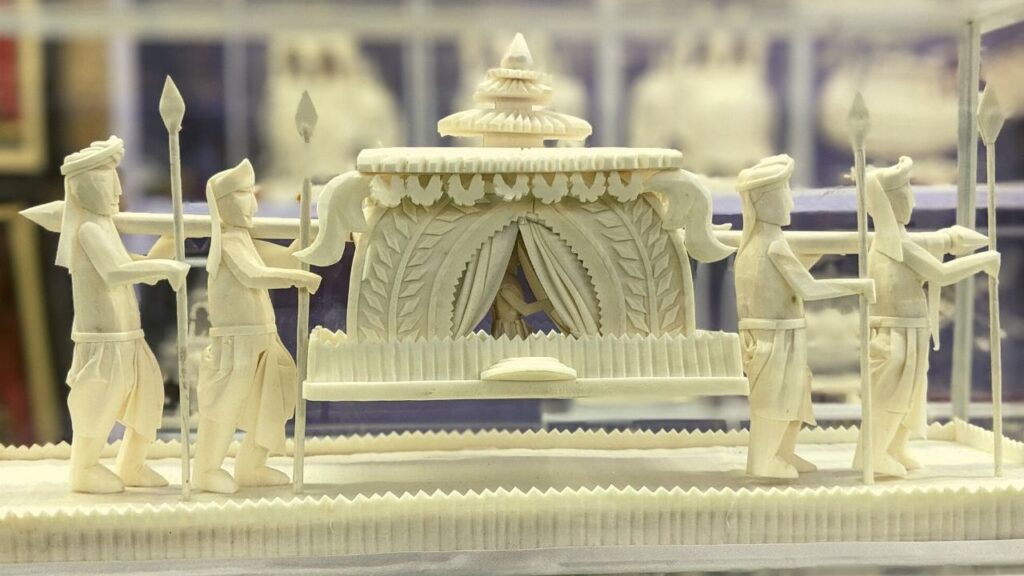
SHOLAPITH
Sholapith, or Shola, is a dried milky plant matter from the Aeschynomene plant that can be pressed and shaped into objects of art. Shola is a wild plant that grows in waterlogged areas and is commonly found in regions of Bengal. According to the artists, the origin of Sholapith can be traced back to divine times. The white colour of the Shola represents purity and is said to be auspicious, thus it is used in many cultural customs. This Shola art is popularly seen during Durga Puja, and many brides’ heads are also adorned with a Shola during Bengali weddings.
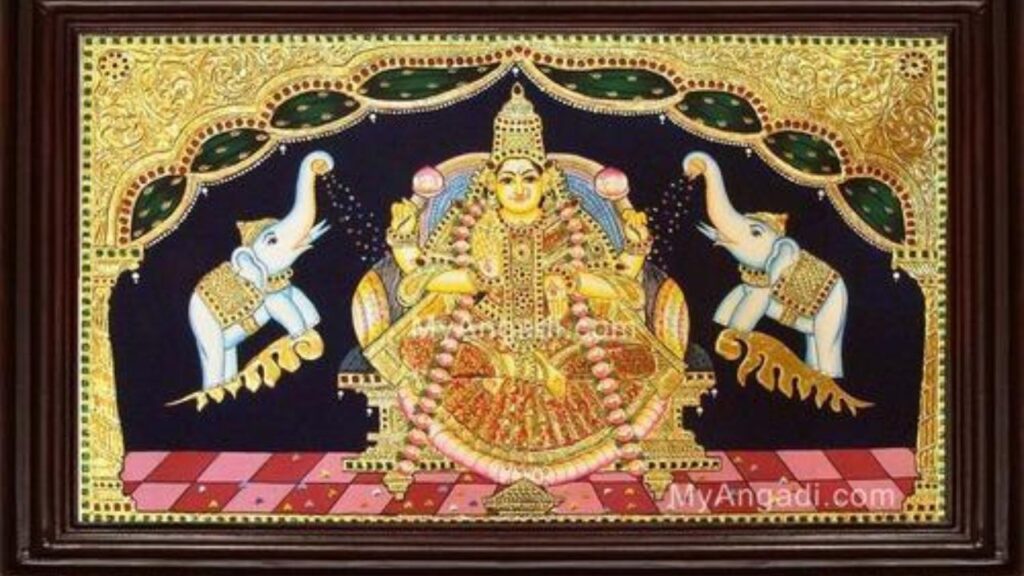
TANJORE ART
Tanjore Painting is a classical South Indian painting style that originated in the town of Thanjavur in Tamil Nadu. Tanjore Painting draws its immediate resources and inspiration from way back in the year 1600 AD when the Nayakas of Thanjavur encouraged art. Thus came about the painting of chiefly Hindu religious subjects in temples distinguished by their famous gold coating. The paintings are characterized by their rich and vivid colours, simple yet iconic composition and inlay of glass beads and gold foil, semi-precious stones, and the semblance of European and Maratha painting styles and their depiction of deities and saints.
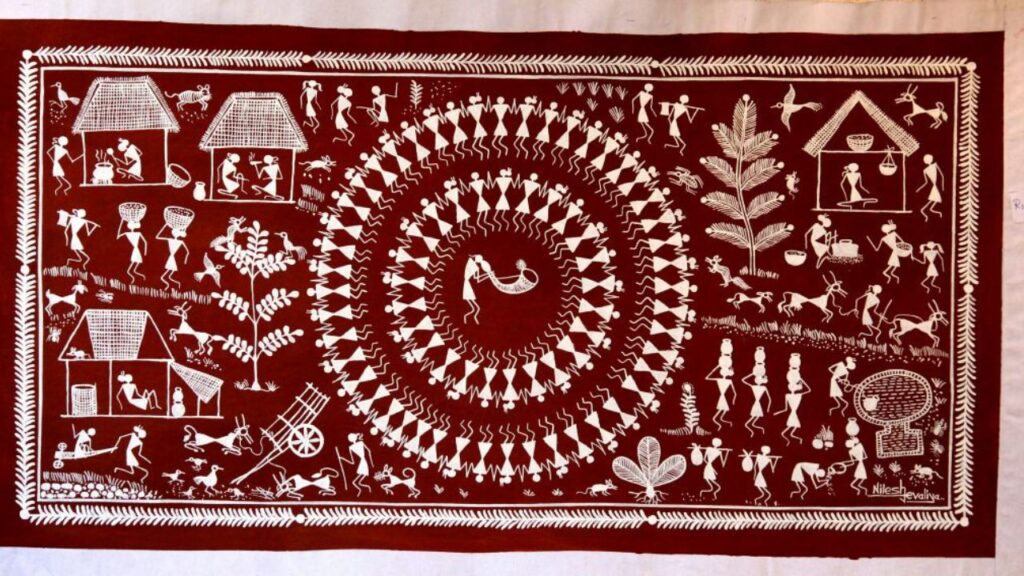
WARLI ART
Warli painting is a tribal art form that originated in Maharashtra and is mainly practised by the tribe from the North Sayadri range in Maharashtra. Warli Painting is one of the largest and finest art forms of India, and traditionally, these paintings depict the marriage of God Palaghat. The Warli culture is centred around themes of nature, displayed by a set of geometric shapes- circles, triangles and squares- each depicting an element of nature. The central motif in each ritual painting is the square known as the ‘chaukat’ and inside this is usually a depiction of Palaghat- the mother goddess.
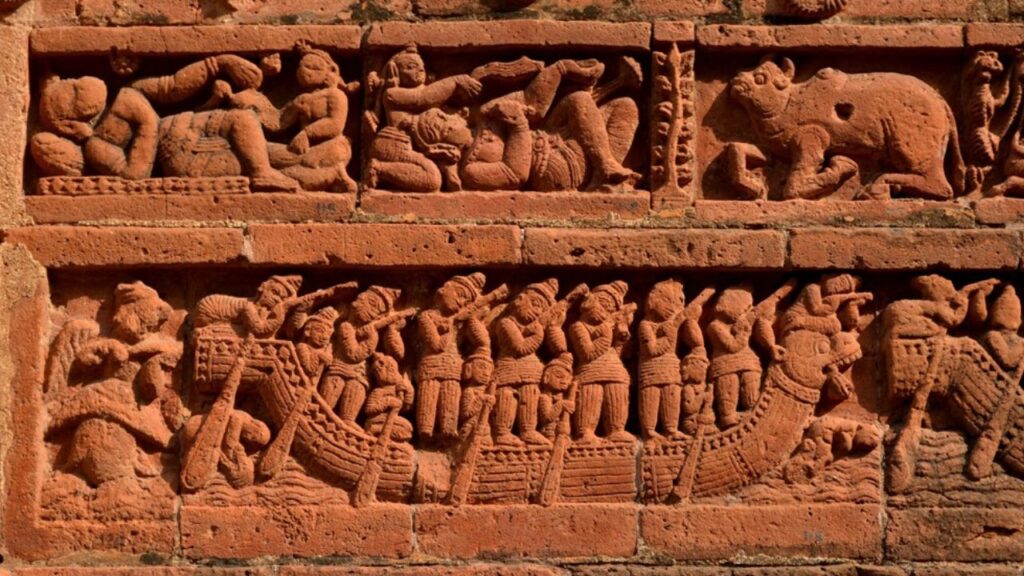
TERRACOTTA ART
Terracotta, literally translated as ‘baked earth,’ is any kind of fired clay made from fairly coarse, porous clay that when fired assumes a colour ranging from dull ochre to red. Most of terracotta’s usage has been of a utilitarian kind because of its cheapness and durability. One of the most common uses of terracotta is in building bricks and roof tiles. Small terracotta figures have been found in Greece, dating back to 3000 BCE. One of the most famous uses of terracotta was for the collection of the terracotta army sculpted by the first emperor of China- Quin Shi Huang.

